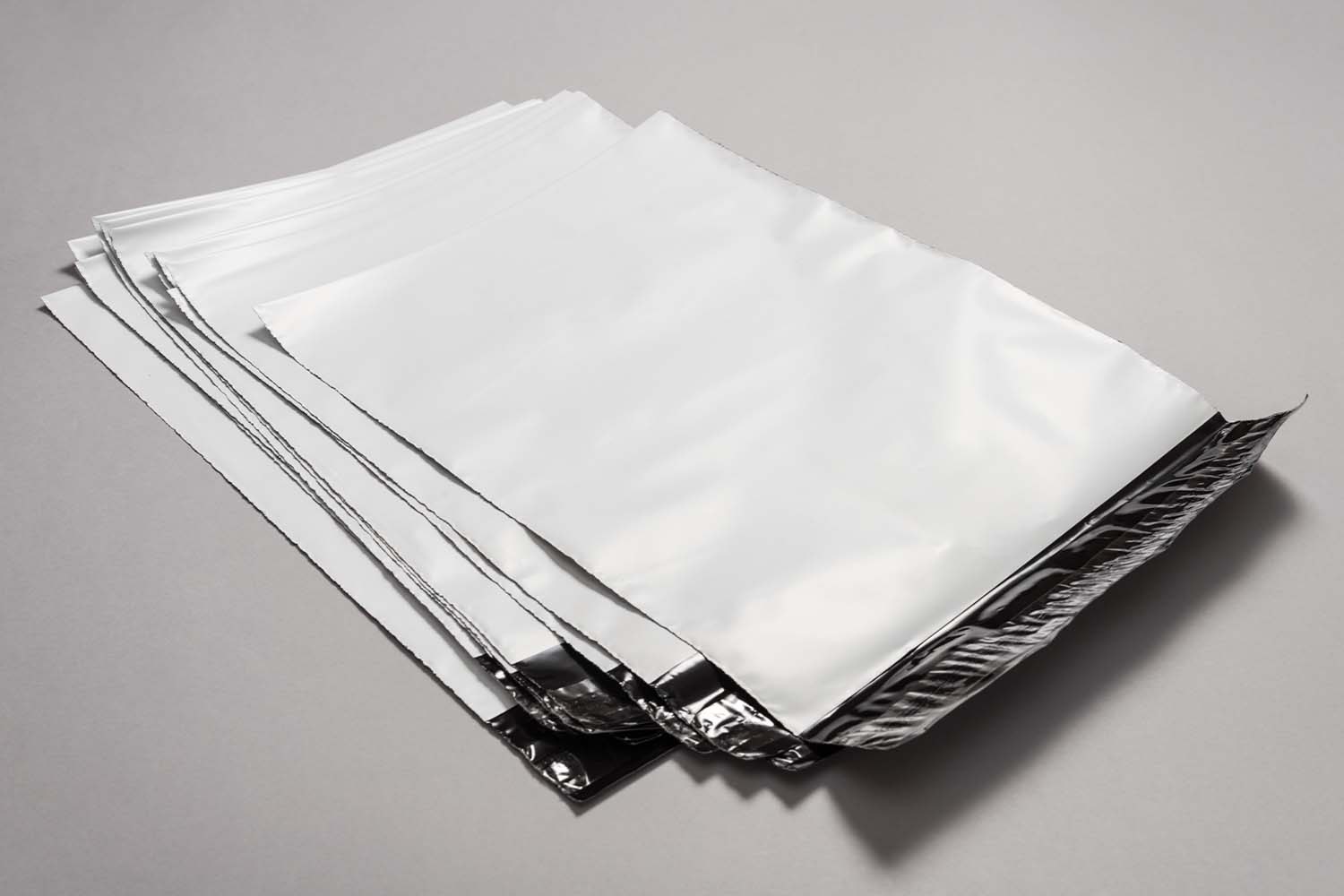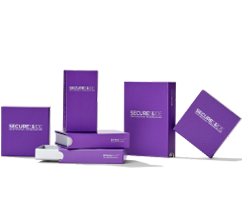
Poly Bags: Everything You Need To Know And More!
Polybags are a ubiquitous and essential part of our everyday lives. Millions of products get shipped worldwide every day that use these bags.
Poly mailers are essential in creating a secure, temperature-controlled environment that limits the growth of bacteria, mold, and mildew, which quickly ruin your products or cause a product recall, whether via an airplane, train, or truck.
What Are Poly Bags?
They are a plastic packaging material used widely in the food and grocery industries. They consist of a thin layer of polyethylene, a type of plastic. The purpose of these plastic poly bags is to contain items that you put inside and transport from one place to another securely.
What Are the Types of Poly Bags
Several types of poly bags are available for purchase by businesses and consumers. These bags are usually made from low-density polyethylene (LDPE) or high-density polyethylene (HDPE). Polyethene is a thermoplastic polymer that you make into containers, bottles, and other products, but there are different variations.
Polyethylene (PE) Poly Bags
Many different poly bags are available, but the most common and popular are Polyethylene (PE) Poly Bags. PE bags consist of a thin film of polyethylene, a type of plastic that you recycle. The film goes into an extruder that heats it up and then stretches it until it’s fragile. The result is a film that you fold into any bag, including flat poly bags.
High-density polyethylene (HDPE) poly bags are one of the most common types of poly bags available on the market today. They have many advantages over other types of poly bags, including:
- Durability
- Toughness
- Flexibility
- Resistance to sunlight degradation.
They get used for packaging products such as food items that require protection from moisture or other environmental factors such as oxygen or light. HDPE is incredibly excellent for food storage because they are resealable. You can even get a resealablechild-resistant bag.
HDPE bags also often get recycled, making them an environmentally friendly option for businesses looking for eco-friendly packaging solutions for their products like food items or cosmetics that may contact liquids during shipping or storage. These shipping bags are also excellent shopping bags or merchandise bags.
The Low-Density Polyethylene (LDPE) material is a robust, flexible, lightweight packaging solution. The material consists of an inner layer and an outer layer fused. LDPE bags are great for food products because they offer a high strength-to-weight ratio and are reclosable.
You can use them for short- and long-term storage or shipping purposes. The LDPE bag also provides an easy way to seal the bag with a heat sealer, tape, or twist ties.
These bags are from linear low-density polyethylene (LLDPE). The material has fewer branches in its molecular structure than LDPE bags, making it more potent than regular LDPE bags. LLDPE bags get used for packaging meat products because they offer more strength than other types.
MDPE films come from linear low-density polyethylene (LLDPE) resin. They are highly flexible, and you can use them for various applications, including medical waste disposal, household trash bags, and general-purpose retail packaging, such as frozen foods and apparel products.
Sheets of MDPE bags can also be heat sealed or welded together to create larger bags or totes.
Polypropylene (PP) poly bags are similar to PE bags in many ways, but they have more toughness and strength because they’re made with a different type of polymer. PP has excellent resistance against moisture and chemicals, so these bags are often used for food packaging or medical supplies that need to be sterile. They are also FDA-approved for food storage.
What Are the Benefits of Poly Bags?
Polyethylene bags have many benefits over other types of plastic bags, such being:
- Being Lightweight: Polyethylene bags are much lighter than other plastics, so you can ship them more efficiently by eliminating any additional weight caused by excess packaging materials.
- Sustainable: In addition to being recyclable and reusable, polyethylene bags are biodegradable and do not contribute to landfills or oceans as much as other plastics do.
- Durable: Polyethylene bags are heavy-duty, durable bags that easily withstand rough handling without breaking or tearing (unlike paper). Gusseted poly bags can help store bulkier items with ease.
- Cost-effective: Because polyethylene bags are inexpensive compared to other types of plastic, it’s easy to find them at low prices when buying in bulk quantities.
What Are Poly Bags Used For?
Polyethylene bags are versatile and can get used for many different applications. Some include a hang hole for eye-catching merchandising, while anti-static bags make it easier to sell certain products.
Some of the most common uses include:
- Child-safe packaging: This means that they protect your children from the risk of ingesting materials that cause them harm.
- Food Packaging: These bags get used to package food products such as meat and fish in the foodservice industry. Reclosable poly bags are also used for dry foods like cereal and chips to prevent moisture from getting into the product.
- Product Packaging: Many large retail stores use these bags for packaging products such as clothing, shoes, toys, and other items that need protection from dirt during transport, especially for day shipping.
- Shipping Supplies: Shipping companies use them to pack items that need protection during transport from one location to another. It includes things like newspapers or magazines that must get protected from moisture during transit, so they don’t get wet or damaged during shipment.
Are Poly Bags the Same As Plastic Bags?
Polybags come from a similar material to plastic bags, but they have a few key differences.
The first difference is the thickness of the plastic. It’s not uncommon for plastic bags to be as thin as 0.002 inches, while poly bags are generally between 0.0005 inches and 0.0025 inches thick: that’s about 50 times thicker than most plastic bags.
Poly Bags will also be more flexible and less brittle than plastic bags, making them better for shipping your products.
Can Poly Bags Be Recycled?
The majority of mono-material poly bags can get recycled. The process is easy to do. Place your clean, used bags in a recycling bin at your local drop-off center. They will head to a recycling center, where they will get shredded, melted down, and turned into new products.
When purchasing your pouches, check and confirm whether they are recyclable. We recommend the 1000 white recyclable child-resistant pouches from Dymapak since they are completely customizable.
The Bottom Line
Protecting your goods is essential whether you are a small business or a giant corporation.
Polybag packaging is essential for any company. Use the tips provided to make sure that you are getting bags that meet all of your needs and that you can get the prices you need for your business.
Our innovative packaging solutions at Dymapak are not only perfect for small businesses and corporations alike. Check out our selection today!
Sources:
Effect of packaging materials on shelf life and quality of banana cultivars (Musa spp.) | NCBI


